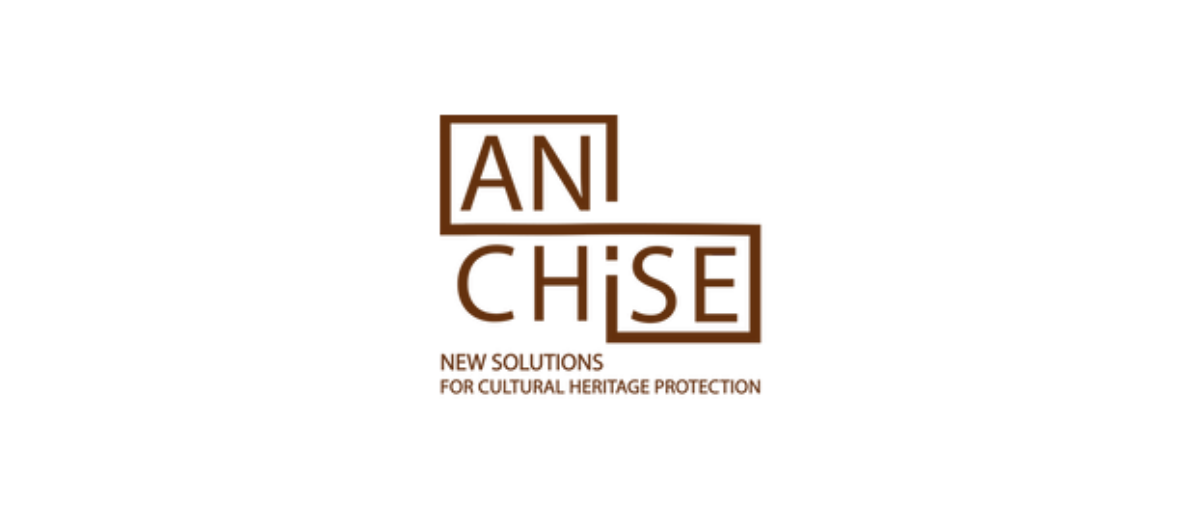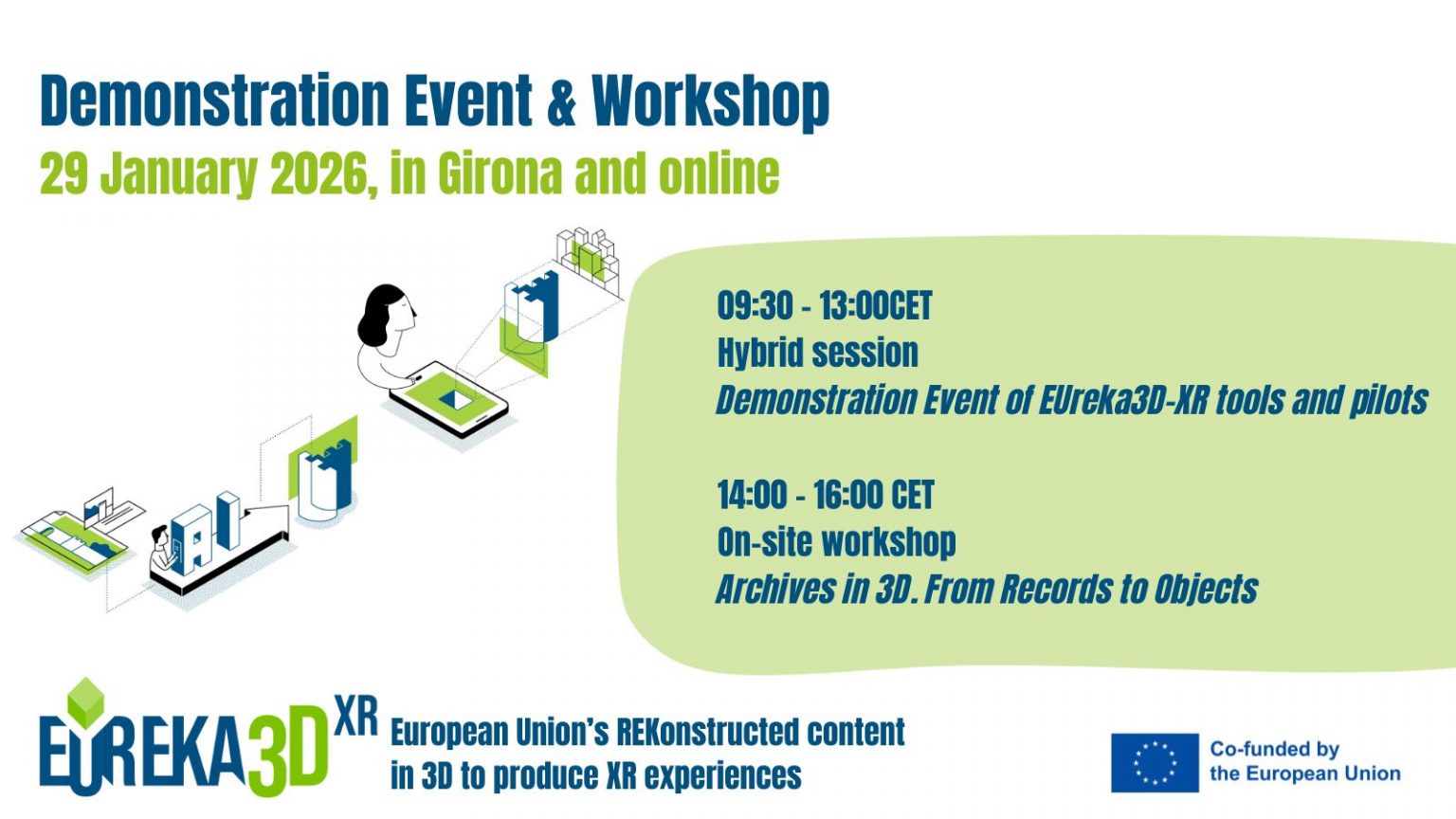Location: Fikardou is located about 38 km southwest of Nicosia, 58 km from Limassol, 70 km southeastern to Larnaka and almost 150 km from the sity of Paphos. It is built in the geographical area of Pitsilias at an altitude ranging from 400 to 1100 m on the southeastern slope of the Troodos mountain.
Description
Fikardou is a quasi-abandoned village in the Troodos mountains in Cyprus that received a Europa Nostra award in1987. It is an excellent example of a traditional mountain settlement which has preserved its 18th and 19th century physiognomy and architecture, as well as its natural environment. The main aesthetic quality is the integrity and authenticity of the village, which blends perfectly into its environment.
Fikardou is placed on the Tentative List of the UNESCO World Heritage(The Rural Settlement of Fikardou – UNESCO World Heritage Centre, n.d.), which means it is aiming at a high-quality protection and management of the components that constitute their uniqueness. It presents a harmonious relationship between the built and the natural environment, enabling a perspective of cultural landscape. The earliest written reference to the village dated back to the Ottoman domination in 1825.
A large part of Fikardou is owned by the Department of Antiquities, which declaring it a “Controlled Area” since 1978. The Department of Antiquities has made restorations on the old houses of the village which are great examples of mountainous Cypriot architecture of the 18th and 19th century, built with rough local stones and bricks in perfect harmony with the surrounding environment. The efforts of the Antiquities department made Fikardou, a former ruined village, a lively museum of traditional architecture.
Forty houses of the 1920s characterized by elements of folk architecture have been preserved to this day. The house of Katsiniorou and the house of Achilleas Dimitris have been honoured with the Europa Nostra prize in 1987-1988. The old houses were turned into museums accessible to the public and are run by the Department of Antiquities.
Katsinioros’ house, named after its last owner, has been turned into a Local Ethnographic Museum with exhibits of the 16th century (Department of Antiquities – Museums, n.d.). It is a two-storey stone-built manor house with a steep-pitched wooden roof and many architectural features of the 16th century. The House-Museum has been furnished according to older examples so as to reflect the image of everyday life in a rural house. Tools and utensils connected with rural life have been collected and are exhibited on the ground floor, providing a picture of rural life and the inhabitants’ activities. An exhibition of photographs, drawings and texts concerning the houses of the village and the process of their restoration by the Department of Antiquities is also on display.
The house of Achilleas Dimitris has been turned into a textile workshop and a guesthouse for scholars (Department of Antiquities – Museums, n.d.).
In the centre of the settlement there is the 18th century church dedicated to Apostles Peter and Paul which operates on June 29.





